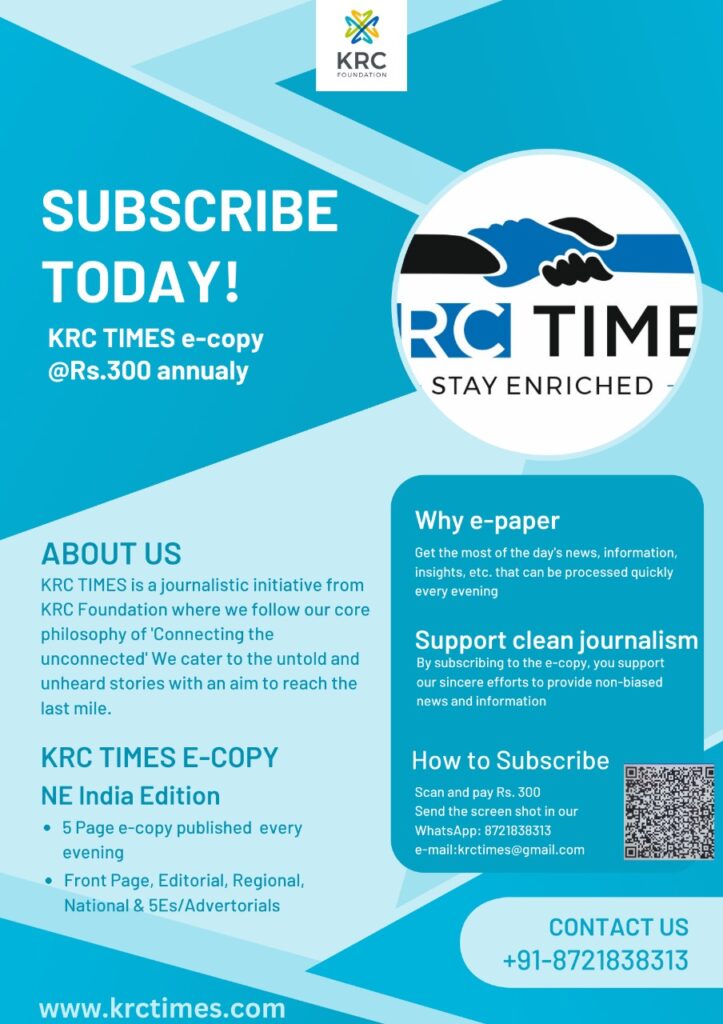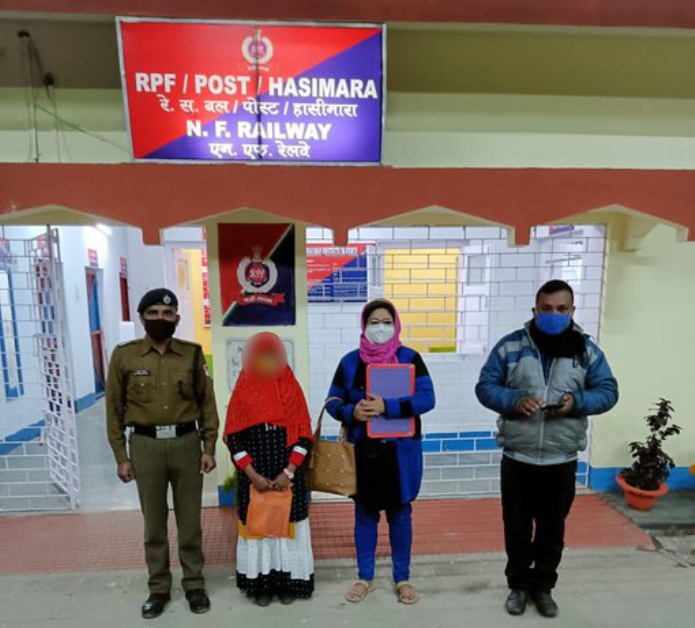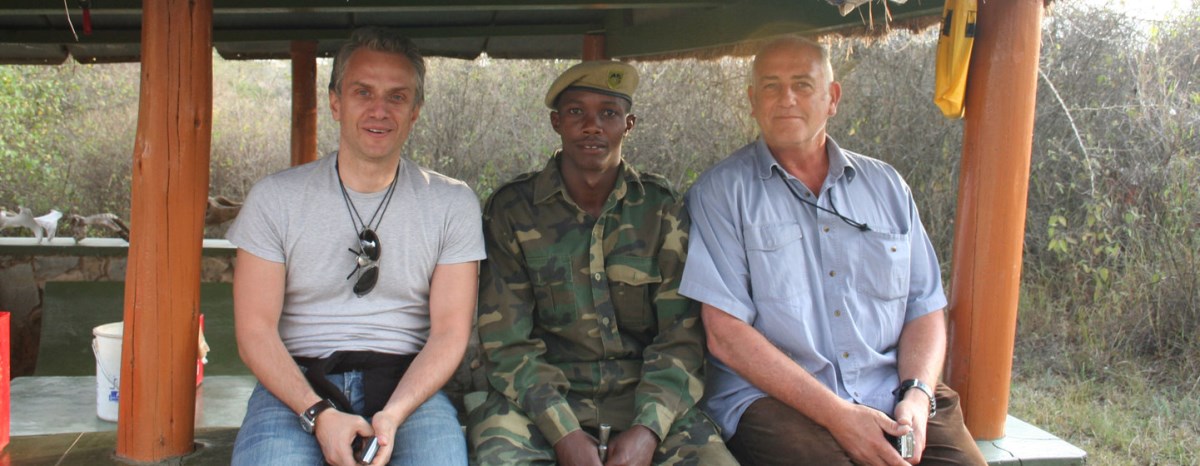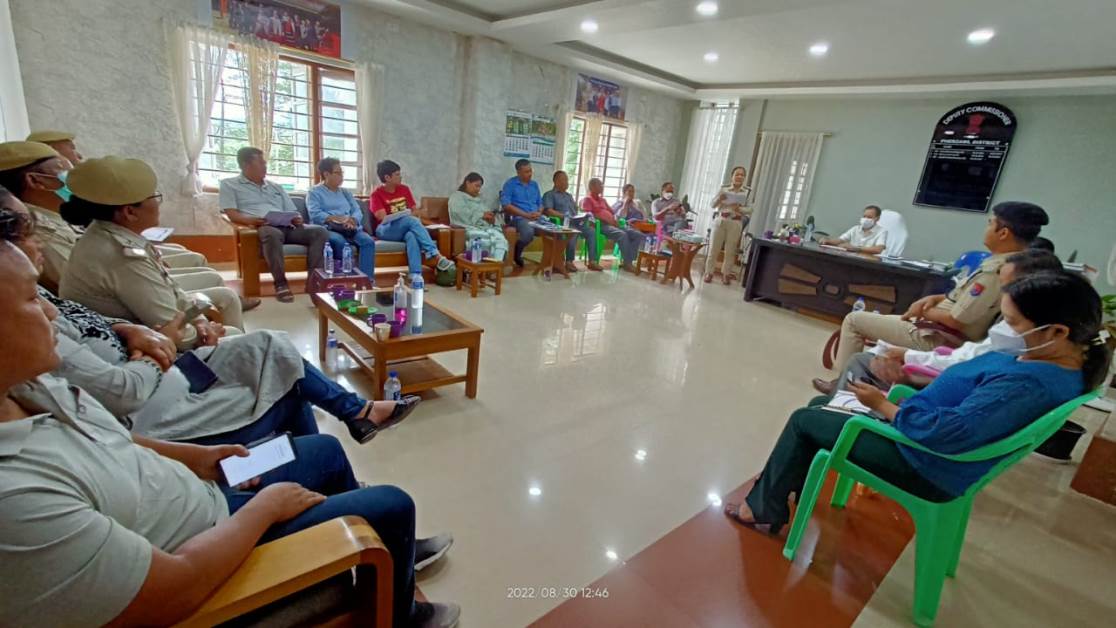Human trafficking, a form of modern-day slavery, continues to plague societies worldwide, exploiting the most vulnerable members of our global community. This insidious crime, driven by greed, deception and the ruthless exploitation of human beings, demands urgent attention from governments, law enforcement agencies and civil society organizations
 KRC TIMES Desk
KRC TIMES Desk
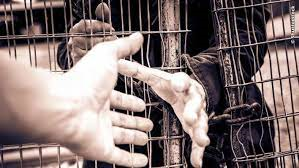
Human trafficking, a form of modern-day slavery, continues to plague societies worldwide, exploiting the most vulnerable members of our global community. This insidious crime, driven by greed, deception and the ruthless exploitation of human beings, demands urgent attention from governments, law enforcement agencies and civil society organizations. In this comprehensive article, we delve deep into the multifaceted nature of human trafficking, exploring its root causes, prevalence, legal frameworks, challenges in combating it, and strategies for prevention and rehabilitation. By shedding light on this grave violation of human rights and advocating for collective action, we aim to inspire meaningful change and work towards a future where all individuals are free from the shackles of exploitation.
The United Nations defines human trafficking as the recruitment, transportation, transfer, harbouring, or receipt of persons by force, fraud, or deception, with the aim of exploiting them for profit. Women and girls are disproportionately affected by this crime, accounting for a significant majority of trafficking victims globally. Factors such as poverty, corruption, gender discrimination, displacement, and deception contribute to the perpetuation of trafficking, while globalization has facilitated the expansion of trafficking networks by enhancing communication and transportation networks. Human trafficking is intricately linked with organized crime, forming a lucrative industry worth billions of dollars annually. Transnational criminal syndicates, often involved in narcotics and weapons trafficking, orchestrate trafficking operations with impunity, exploiting vulnerable individuals for profit. The flow of trafficking typically moves from less-developed countries to industrialized nations, or neighbouring countries with higher standards of living. Traffickers employ coercion, fraud, abduction, and false promises to lure victims into exploitation, with women and girls particularly vulnerable to these tactics. The expansion of globalization and digital financial transactions has further facilitated the movement and laundering of funds acquired through trafficking.

India, a major hub for human trafficking, continues to grapple with this pervasive crime, with women and girls comprising a significant proportion of victims. Poverty, gender discrimination, lack of education, and social marginalization exacerbate vulnerability to trafficking, with individuals from marginalized communities particularly at risk. Despite legislative measures and international conventions aimed at combating trafficking, challenges persist in implementation and enforcement. The Immoral Traffic (Prevention) Act of 1956 (ITPA) serves as a crucial legal framework, yet gaps in coverage and enforcement remain, necessitating a revaluation and strengthening of existing laws.
While India has ratified international conventions and enacted legislation to address trafficking, challenges persist in enforcement and prosecution. Limited resources and inadequate training among law enforcement agencies hamper efforts to combat organized crime syndicates operating across borders. Victims’ reluctance to testify, due to fear of retaliation and concerns about legal status, further complicates prosecution efforts. Moreover, existing laws, such as the ITPA, face criticisms for offering inadequate compensation to victims and imposing insufficient penalties on traffickers. Addressing these challenges requires a victim-centric approach, prioritizing rehabilitation and empowerment.
To effectively combat human trafficking, it is essential to address the root causes that perpetuate this crime. Poverty alleviation, access to education, economic empowerment, and gender equality initiatives play a crucial role in preventing trafficking by reducing vulnerability among at-risk populations. Raising awareness about the dangers of trafficking and empowering individuals to recognize and resist exploitation tactics are essential prevention strategies. Additionally, comprehensive support services, including medical care, counselling, vocational training, and legal assistance, are crucial for empowering survivors and facilitating their reintegration into society. Combatting human trafficking requires a collaborative approach and international cooperation. Trafficking networks operate across borders, necessitating coordinated efforts between countries to dismantle these criminal enterprises. This collaboration involves sharing intelligence, harmonizing legal frameworks, and pooling resources to combat trafficking effectively. Furthermore, engagement with civil society organizations, non-governmental organizations, and international bodies is vital in leveraging expertise and resources to combat trafficking comprehensively.
